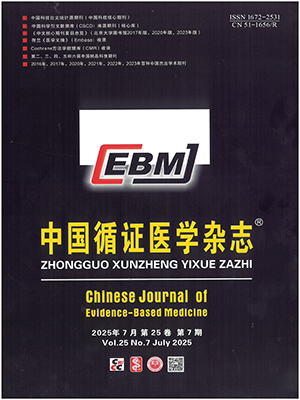Restricted cubic spline function is an ideal model in trend approximation, which is widely used in doseresponse meta-analysis. The spline function, based on parameter technique, is a smoothly joined piecewise polynomial of each knot, with a cubic polynomial in each sub-interval of the slope which fits well in the non-linear trend by changing the number and (or) the sites of the knots. We have introduced the methodology of linear and non-linear slope model in dose-response meta-analysis in the previous article, and in this one, we will give a more detailed discussion on restricted cubic spline function mainly in the following aspects: model building, parameters pooling and knots selecting.
Citation: HUANGJing-yu, ZHANGChao, LISheng, KWONGJoey S. W, NIUYu-ming, XUChang. How to Conduct a Dose-response Meta-analysis: The Use of Restricted Cubic Spline Model. Chinese Journal of Evidence-Based Medicine, 2015, 15(12): 1471-1474. doi: 10.7507/1672-2531.20150239 Copy
Copyright © the editorial department of Chinese Journal of Evidence-Based Medicine of West China Medical Publisher. All rights reserved




